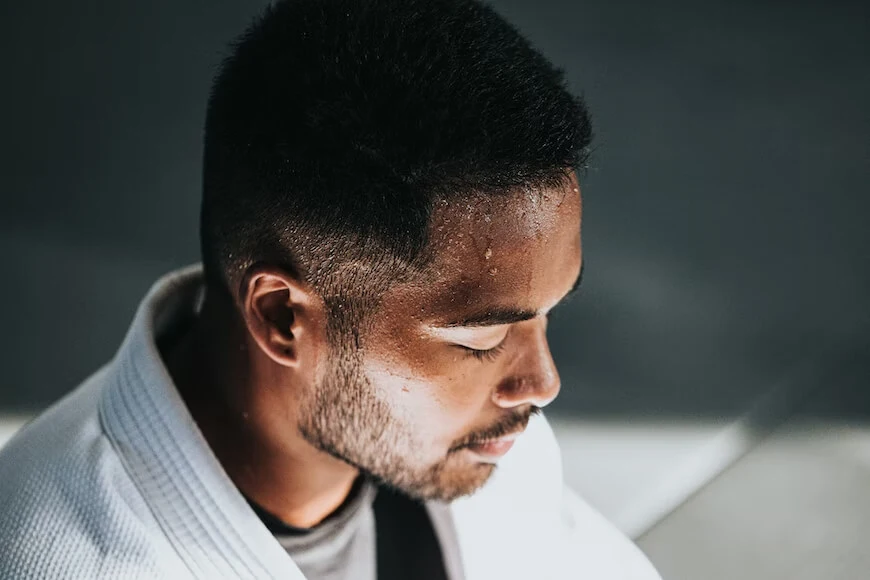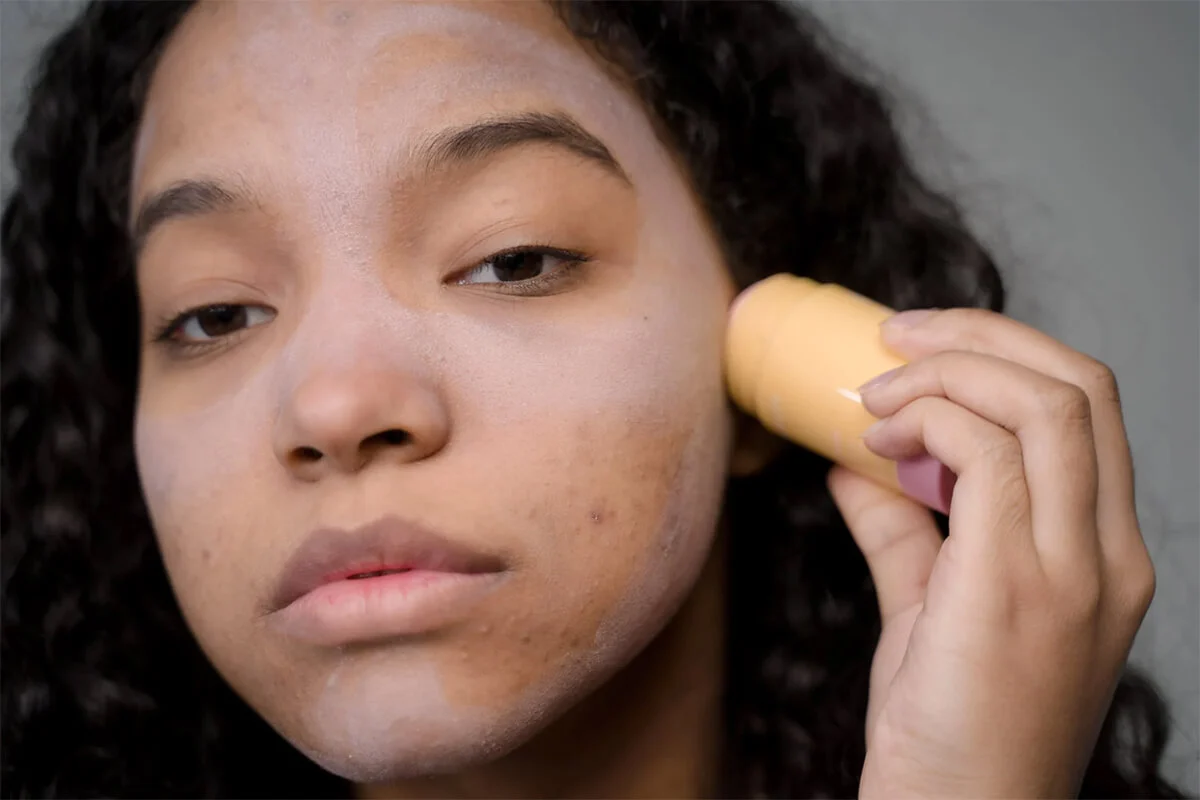Sweating, Hair Loss, And Acne — And How Telehealth Can Help

Human beings sweat when we exert ourselves. It is a natural phenomenon. However, sometimes sweating can lead to unexpected and unwanted situations like hair loss and acne.
If you live in a place with hot summers, then it is normal to experience a lot of sweating on your scalp and face. Interestingly, if you do not take care to keep your hair and body clean, sweating can lead to several harmful health conditions, including hair loss and acne.
There are several reasons why this happens, and you need to understand the cause and effect behind this to figure out these unexpected dermatological problems.
How Does Sweating Result in Hair Loss?
Perspiration is our body’s way of getting rid of excess water and waste products and cooling itself down. However, it can also lead to an oily scalp, clogged hair pores, seborrhoeic dermatitis, hair loss, and several other types of scalp issues.
In order to find out how sweating causes hair loss, here is what you need to understand.
Accumulation of Lactic Acid: One of the major reasons why sweat can make you lose hair is because it contains lactic acid. If this acid is allowed to stay on our scalp for a long time, it can lead to inflammation and itchiness and will damage the natural texture of your hair.
Excess Sebum and Sweat: Our scalp also naturally produces sebum, which is a waxy substance that keeps our skin moisturized and protected. However, if both sweat and sebum are allowed to build up on your scalp, they will eventually block your hair pores, which will result in further scalp irritation and hair loss.
The buildup of sweat and sebum also leads to an itching sensation on our scalp, which naturally results in even more hair loss.
Presence of DHT: The most important factor that is associated with sweat and hair loss is dihydrotestosterone or DHT. DHT is active testosterone which is found in post-workout sweat. This testosterone can bind with your hair follicles and prevent them from growing naturally, which can contribute to male pattern baldness, too.
Aside from hair loss and preventing hair growth, sweating can also damage our hair quality.
- The lactic acid in the sweat can bind with the protein, keratin, that is present in our hair follicles and remove our hair’s natural strength and lustre.
- Excess sebum and sweat can lead to a flaky and red scalp, which not just blocks your hair follicles but also prevent them from getting the essential nutrients for hair growth.
- Your scalp may also become inflamed due to the accumulation of lactic acid found in sweat. This can restrict blood supply to the scalp and affect the quality of hair. The accumulation of lactic acid also makes hair brittle, weak, and prone to breakage.
- Excess sweat on the scalp is also not very hygienic. Sweat can promote the growth of bacteria and fungi on our scalp, which can lead to a wide range of scalp infections.
How Can Sweating Lead to Acne?
Although sweat doesn’t cause acne by itself, it can create an environment on your skin that can lead to breakouts. During exercise routines, your body produces sweat to cool you down. This sweat gets mixed up with any cosmetic products that you may be wearing and trap bacteria in your skin as your pores close. As a result, you get clogged pores and inflammatory acne. Sweat also changes the pH of your skin, creating an environment where bacteria thrive.
Sweat acne also occurs when perspiration is combined with pressure or friction. This happens when your skin comes in contact with athletic clothing or equipment. This type of acne is called acne mechanica and is different from acne caused by hormones.

What Does Sweat Acne Look Like?
Sweat acne can take various forms, but it typically looks like an angry red bump on the skin where sweat has accumulated. Pustules and papules are also types of sweat acne which are formed due to trapped bacteria, which cause infections and inflammation on your skin. If the infection becomes severe, you may develop nodules, which are deep and more painful.
This type of acne can occur in both people who are prone to acne as well as people who are not.
Fortunately, sweat acne can easily be prevented by washing your skin with a gentle, oil-free cleanser to remove bacteria and sweat that can lead to clogged pores. If you are unable to shower, you should consider changing your workout clothes and giving your skin a wipe with salicylic acid pads, which can prevent clogged pores.
How Telehealth Can Help People with Sweat Acne and Hair Loss
Do you experience a lot of sweating, acne, and hair loss? At TelMDCare, we can help. We understand that it can sometimes be difficult to visit a doctor’s office in person due to various reasons, like health concerns or transportation issues. However, it is important that your skin and hair get the care it needs.
At TelMDCare, we offer the services of trusted and licensed medical doctors like Dr. John Ibrahim, who offers telehealth visits, allowing you the chance to access quality dermatological care remotely.
Since many skin and hair conditions can be accurately diagnosed visually, we can identify your symptoms, share images with you, prescribe medication and treatment, and schedule follow-up visits, all while you remain in the comfort and safety of your home.
At TelMDCare, we offer dermatological solutions to a variety of conditions, including:
- Skin disorders like acne, pimple, eczema, hives, psoriasis, cold sores, excessive sweating, discoloration, rosacea and more.
- Hair conditions like hair damage, hair breakage, loss of hair texture and lustre, hair loss, seborrheic dermatitis, dandruff, loss of eyelashes and more.
- Infections like cellulitis, abscesses, and other bacterial, viral, and fungal infections
- Nail issues like fungal infections, nail discoloration, and paronychia
With TelMDCare, you do not need to wait for an appointment. You can set up an online consultation with our virtual doctor today, who can address all your skin, hair, and nail problems and create a personalized treatment plan for you. You can access treatments and prescriptions from the convenience of your smartphone.
Schedule a consultation with us today!
Our telemedicine doctors also provide access to quality healthcare for people without private health insurance, Medicare, or Medicaid, or those who have uncertain visa or residency status in the US.